Saturday, June 19
2:00 PM – 4:00 PM
Join the Montezuma Audubon Center for a fun and inclusive birding walk with a Montezuma Audubon Center environmental educator during this month’s celebration of the LGBTQIA+ community. Enjoy a leisurely 1-mile walk through the grassland and forest while learning about the many birds that live there. This nature walk is for anyone who appreciates community, adventure, and wants to get outdoors to explore. We welcome those who identify as LGBTQIA+, allies, families, and anyone looking for a fun, educational, and inclusive outdoor experience. Facial coverings will be required, and we will follow physical distancing guidelines. This tour is funded in part through the generous support of the Erie Canalway National Heritage Corridor.
Please note: This hike will depart from the Montezuma Audubon Center (2295 State Route 89, Savannah, NY).
-Fee: $5/child, $10/adult, $25/family.
-Please plan to arrive 15 minutes early to get checked in and use the restroom.
-Space is limited and pre-paid online reservations are required.
-Call 315.365.3588 or email montezuma@audubon.org with questions.
Registration is required. https://act.audubon.org/a/audubon-all-guided-birding-hike-colvin-marsh-61921

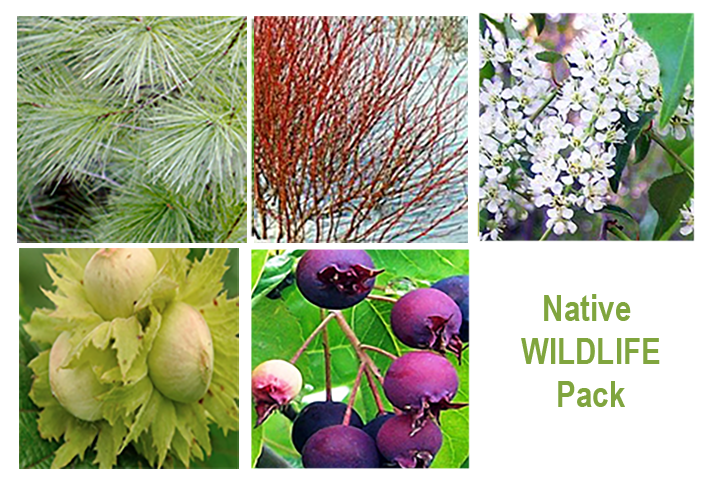
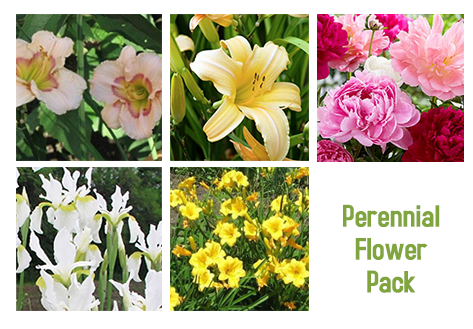
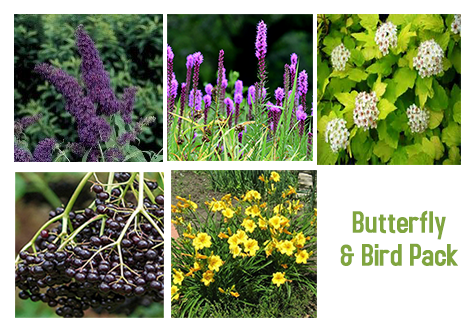
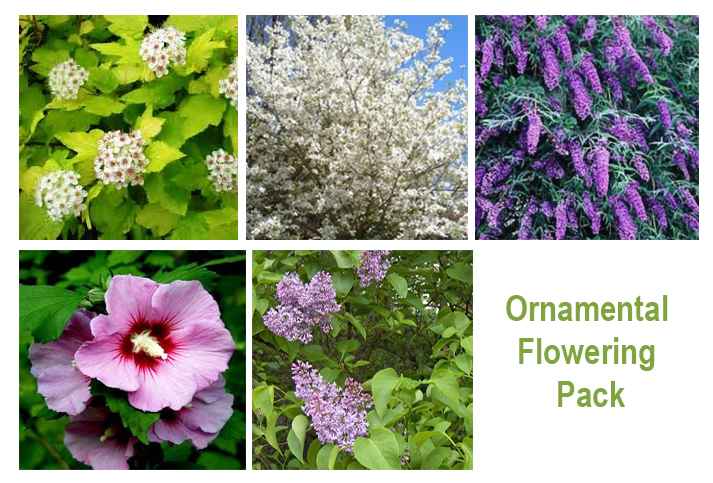
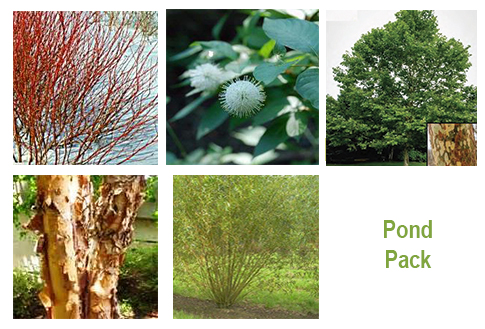
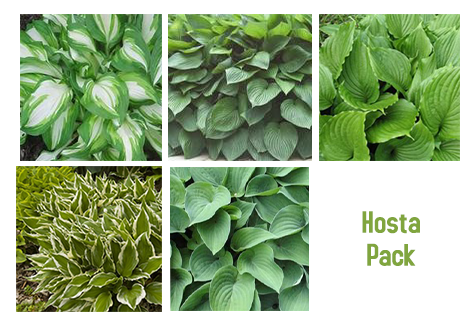
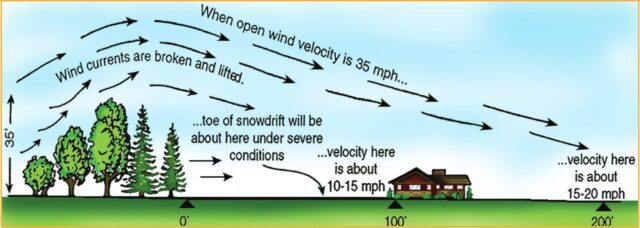
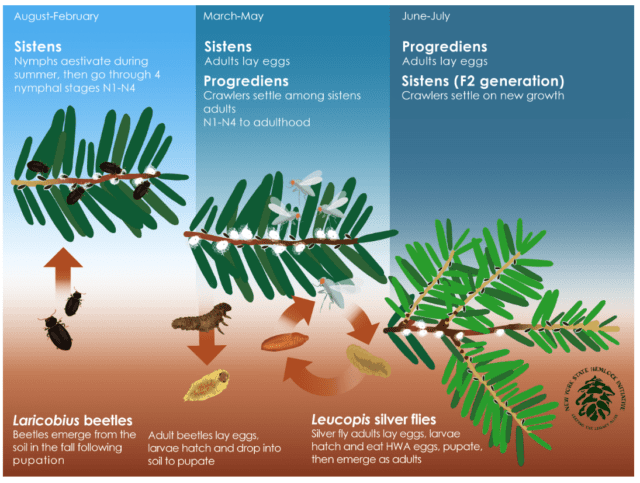 The New York State Hemlock Initiative represents the efforts of scientists, natural resources professionals, and New York residents united in their love for hemlock trees and dedication to
The New York State Hemlock Initiative represents the efforts of scientists, natural resources professionals, and New York residents united in their love for hemlock trees and dedication to 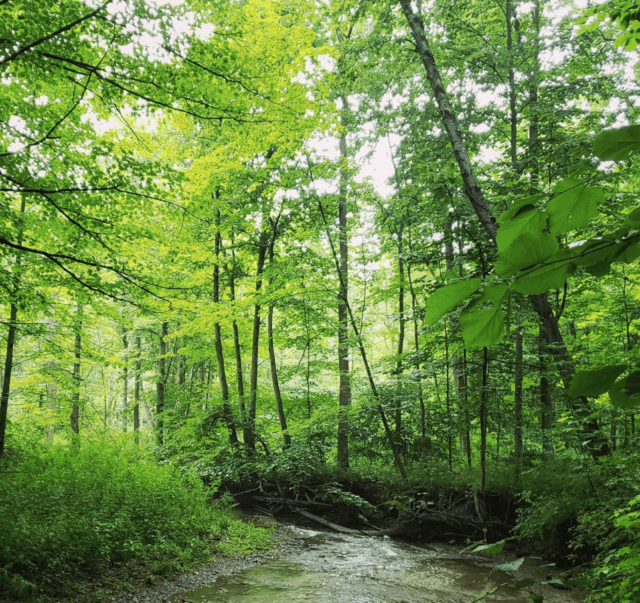
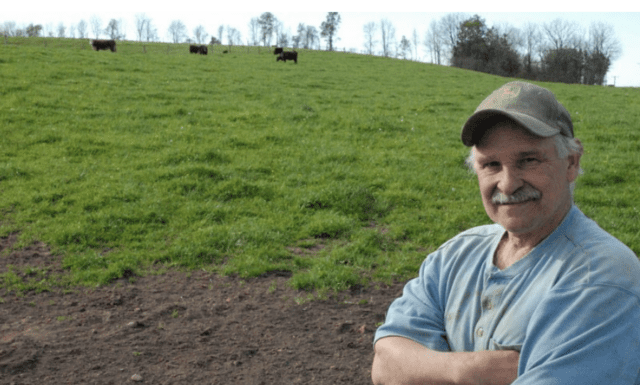 Every March we celebrate spring and agriculture in New York State! Over the next few weeks we’ll focus on different agriculture practices and BMPs. Agriculture is part of our history, heritage, and values, and continues as an important part of our
Every March we celebrate spring and agriculture in New York State! Over the next few weeks we’ll focus on different agriculture practices and BMPs. Agriculture is part of our history, heritage, and values, and continues as an important part of our